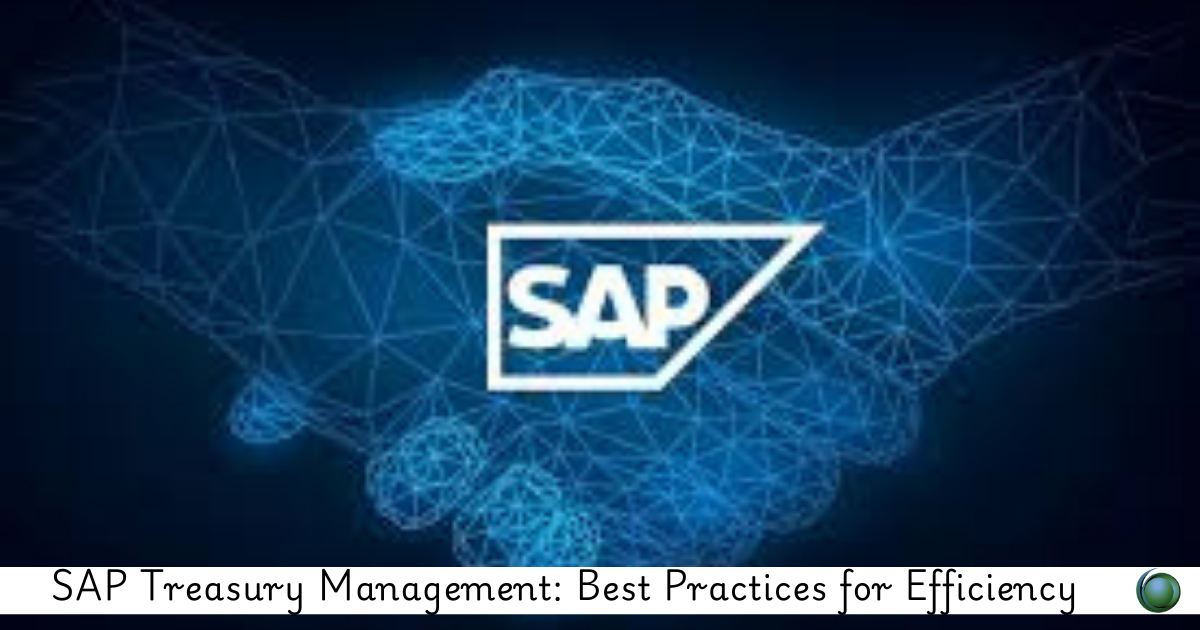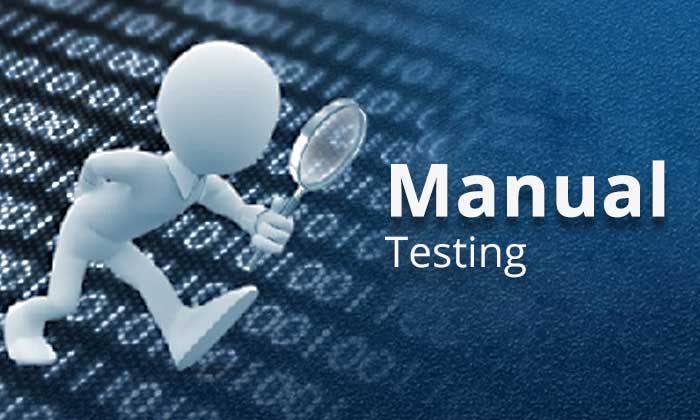Description
Introduction:
SAP Treasury Management (SAP TM) is a critical component in the financial operations of organizations, designed to streamline the management of liquidity, financial risk, cash flow, and other treasury activities. By providing real-time visibility and integration with other enterprise functions, SAP TM helps businesses optimize cash, manage risks, and ensure financial compliance. This training focuses on the best practices for implementing and utilizing SAP Treasury Management to enhance efficiency in treasury operations. Participants will learn how to configure and manage key treasury processes, such as cash management, financial risk management, and payment processing, using SAP TM to drive operational efficiency, reduce risk, and optimize liquidity.
Prerequisites:
- Basic knowledge of financial management concepts
- Familiarity with SAP ERP or SAP S/4HANA
- Understanding of cash management, financial risk, and treasury processes
Table of Contents:
- Introduction
1.1 Overview
1.2 The Role of SAP TM in Financial Operations
1.3 Key Functionalities and Benefits
1.4 Integrating SAP TM with SAP S/4HANA and Other Financial Modules - Cash Management in SAP Treasury
2.1 Overview of Cash Management in SAP TM
2.2 Setting Up Cash Positioning and Cash Forecasting
2.3 Managing Bank Accounts and Bank Statements
2.4 Optimizing Liquidity with Cash Management Tools - Financial Risk Management with SAP TM
3.1 Introduction to Financial Risk Management (FRM)
3.2 Identifying and Managing Market and Credit Risks
3.3 Using Derivatives and Hedging in SAP TM
3.4 Risk Monitoring and Reporting: Best Practices(Ref: Using Microsoft Project for Risk Management and Reporting) - Payment Management and Bank Reconciliation
4.1 Configuring Payment Processing in SAP TM
4.2 Managing Bank Accounts and Payment Methods
4.3 Bank Reconciliation and Payment Integration with SAP S/4HANA
4.4 Automating Payment Runs and Payment File Creation - Treasury Operations and Transaction Management
5.1 Managing Financial Transactions in SAP TM
5.2 Handling Short-Term Investments and Debt Management
5.3 Managing Internal and External Financing in SAP TM
5.4 Processing Foreign Exchange and Other Financial Instruments - SAP TM for Treasury Reporting and Analytics
6.1 Key Treasury KPIs and Metrics in SAP TM(Ref: SAP Functional & Technical Skills for Professionals)
6.2 Customizing Treasury Reports and Dashboards
6.3 Leveraging SAP Fiori for Treasury Analytics
6.4 Real-Time Cash Flow Reporting and Forecasting - Compliance and Regulatory Management
7.1 Ensuring Compliance with Financial Regulations (e.g., IFRS)
7.2 Managing Audits and Financial Statements in SAP TM
7.3 Best Practices for Data Privacy and Security in Treasury Operations
7.4 SAP TM’s Role in Regulatory Reporting and Documentation - Integrating SAP Treasury Management with Other Business Functions
8.1 SAP TM Integration with SAP Finance (FI) and SAP Controlling (CO)
8.2 Connecting SAP TM with SAP Bank Communication Management (BCM)
8.3 Integration with External Systems: Banking Interfaces and Payment Gateways
8.4 SAP TM and SAP Business Warehouse (BW) for Treasury Data Analytics - Automation and Efficiency in Treasury Operations
9.1 Automating Treasury Processes with SAP TM(Ref: SAP Transportation Management for Beginners)
9.2 Streamlining Cash Management and Risk Monitoring
9.3 Reducing Manual Workflows and Enhancing Operational Efficiency
9.4 Leveraging SAP TM for Process Optimization and Cost Reduction - Best Practices for Implementing
10.1 Key Considerations for Successful SAP TM Implementation
10.2 Managing SAP TM Customization and Configuration
10.3 Building a Treasury Strategy Aligned with Business Goals
10.4 Change Management and User Training Best Practices - Troubleshooting and Continuous Improvement in SAP TM
11.1 Troubleshooting Common Issues
11.2 Best Practices for Ongoing Support and System Updates
11.3 Continuous Improvement in Treasury Operations
11.4 Managing Feedback and Adapting Treasury Processes - Case Studies and Real-World Applications of SAP TM
12.1 Industry Applications
12.2 Case Studies on Successful SAP TM Implementations
12.3 Lessons Learned from Implementing SAP TM in Complex Environments
12.4 Future Trends in Treasury Management and SAP TM
Conclusion:
This course allows organizations to gain better control over their financial operations, improve cash visibility, and reduce financial risks. By mastering the best practices and techniques shared in this course, professionals will be equipped to optimize treasury processes, drive efficiency, and enhance decision-making capabilities in financial management. SAP TM empowers treasury departments to automate workflows, integrate with other systems, and align with business goals to achieve sustainable financial success. With SAP TM, organizations can ensure smoother financial operations, maintain regulatory compliance, and gain a competitive edge in managing liquidity and risk.







Reviews
There are no reviews yet.